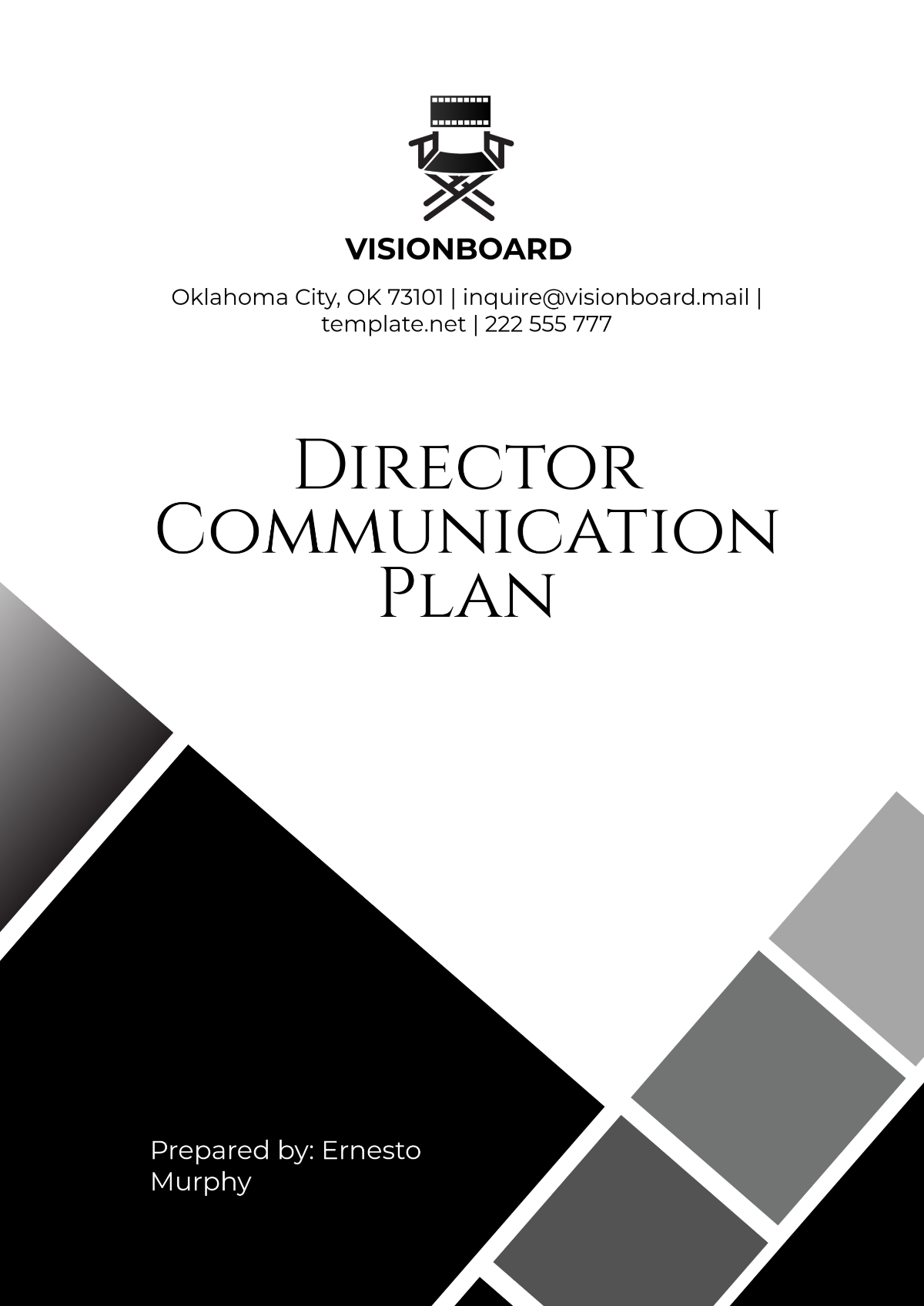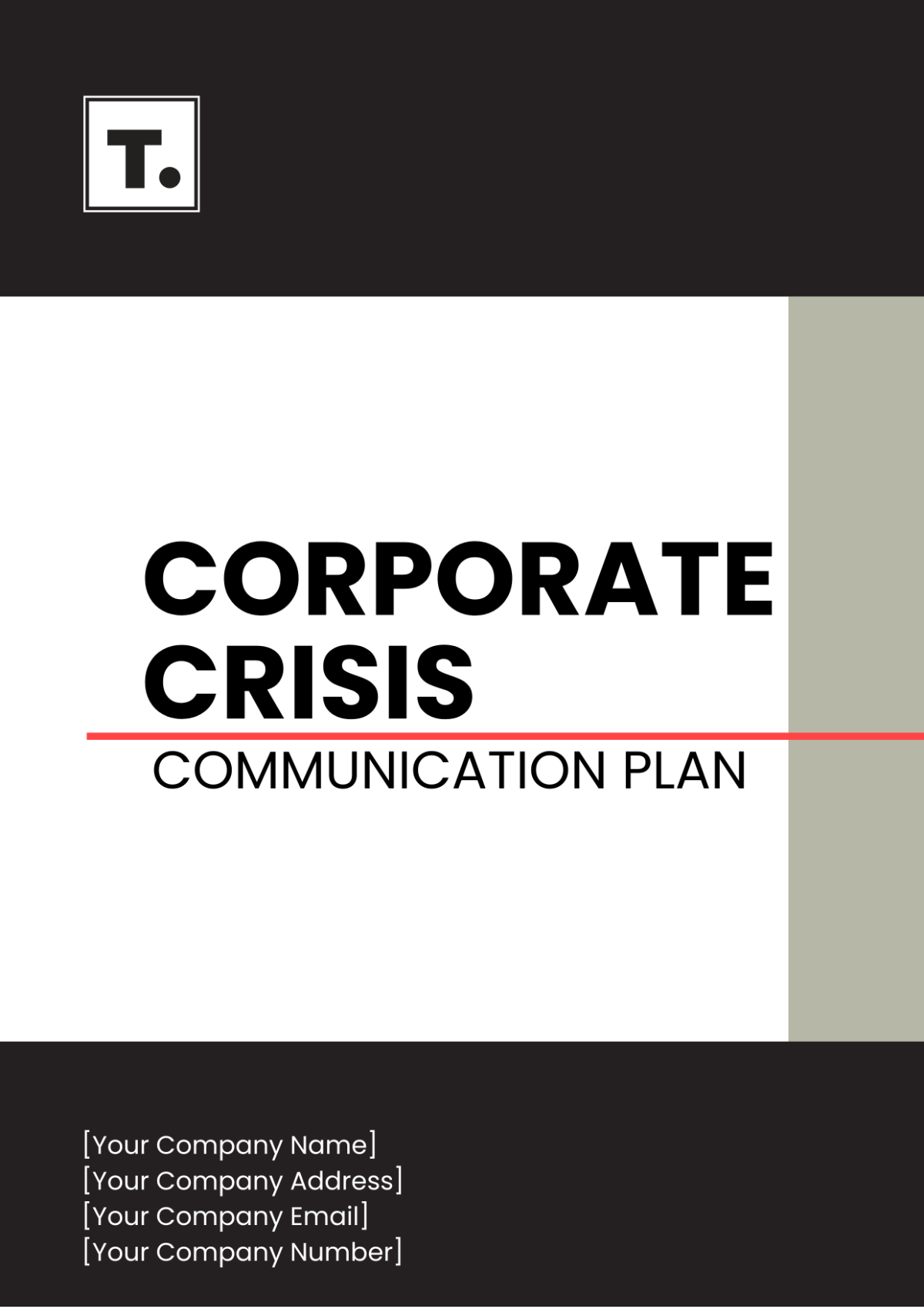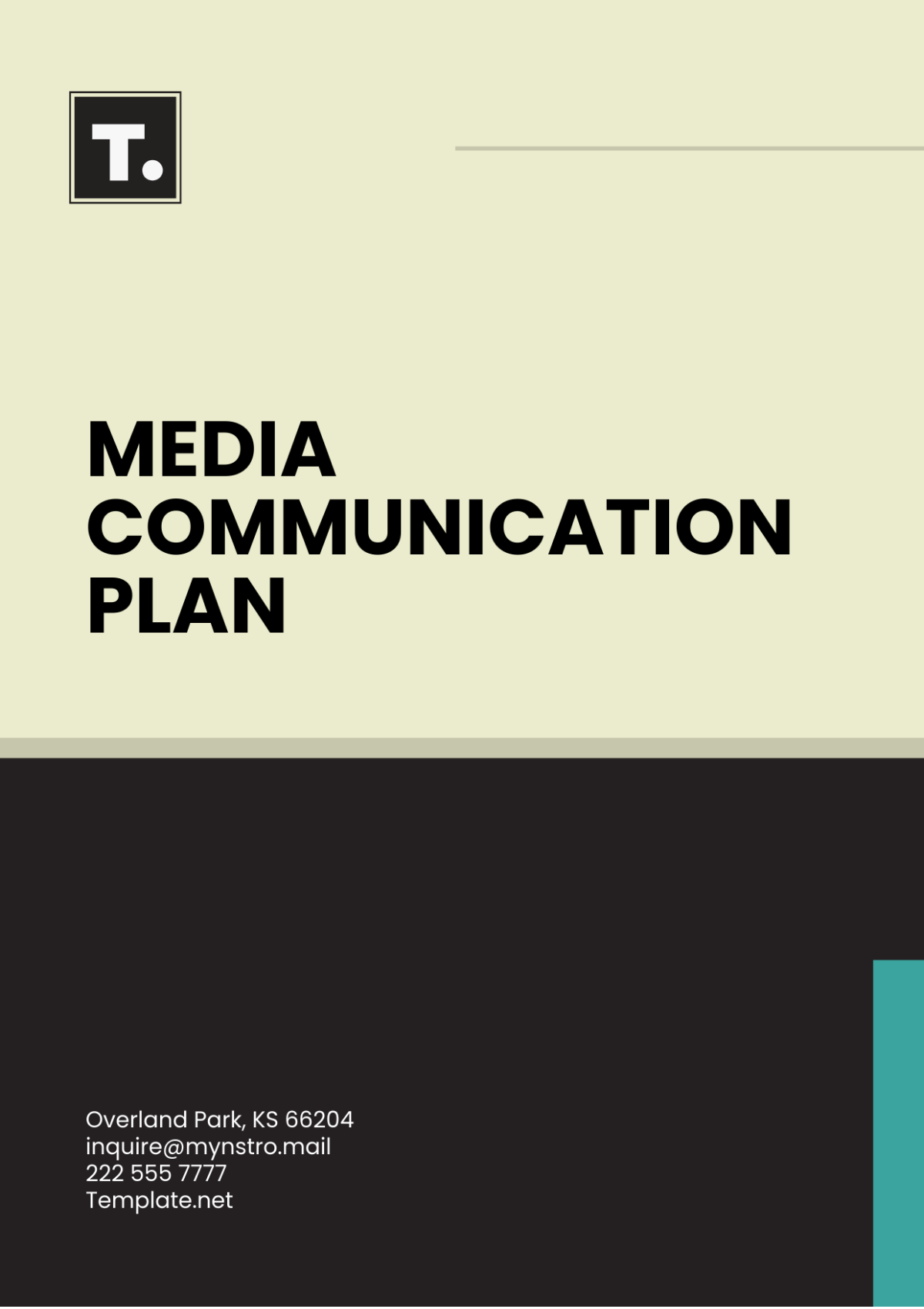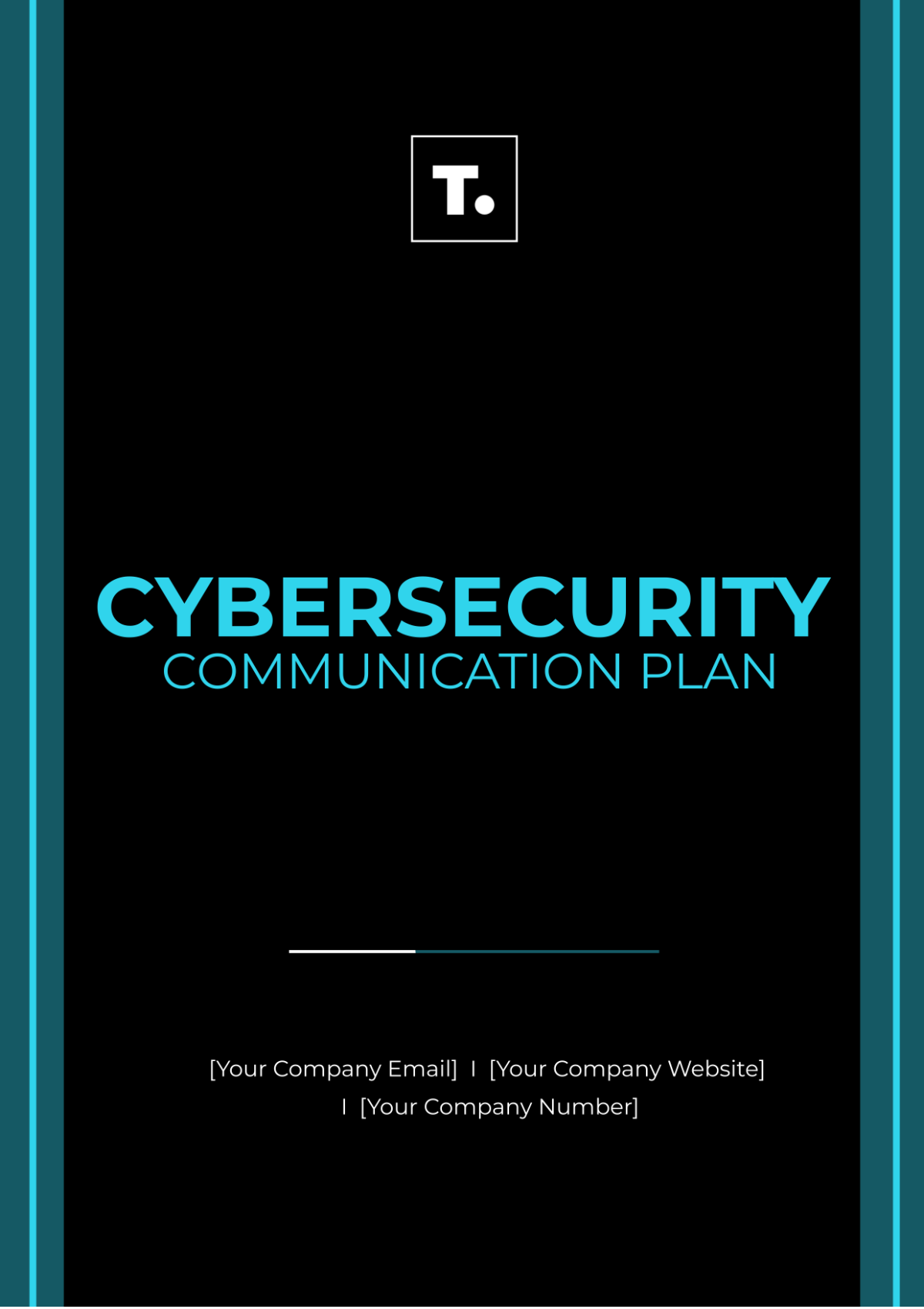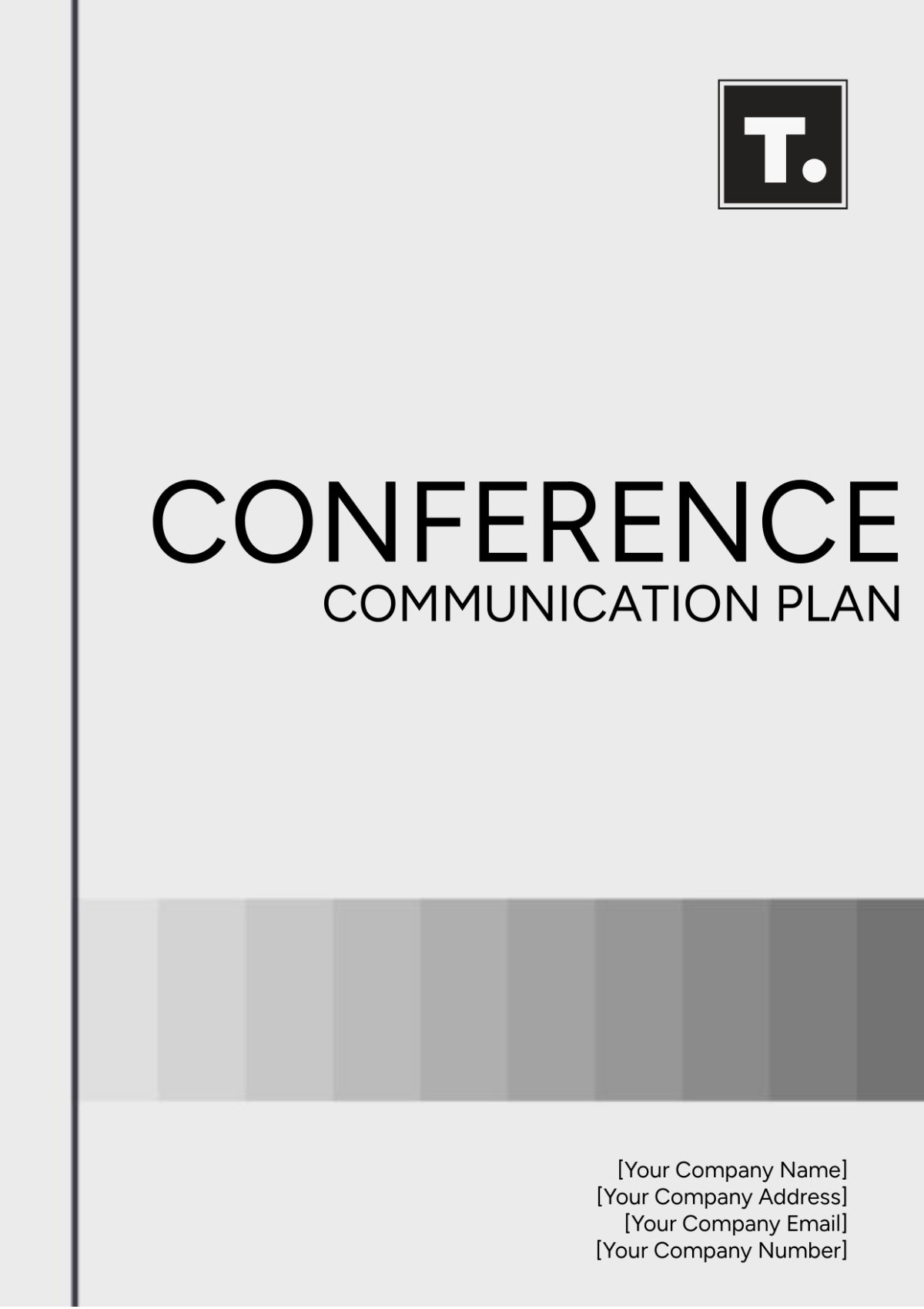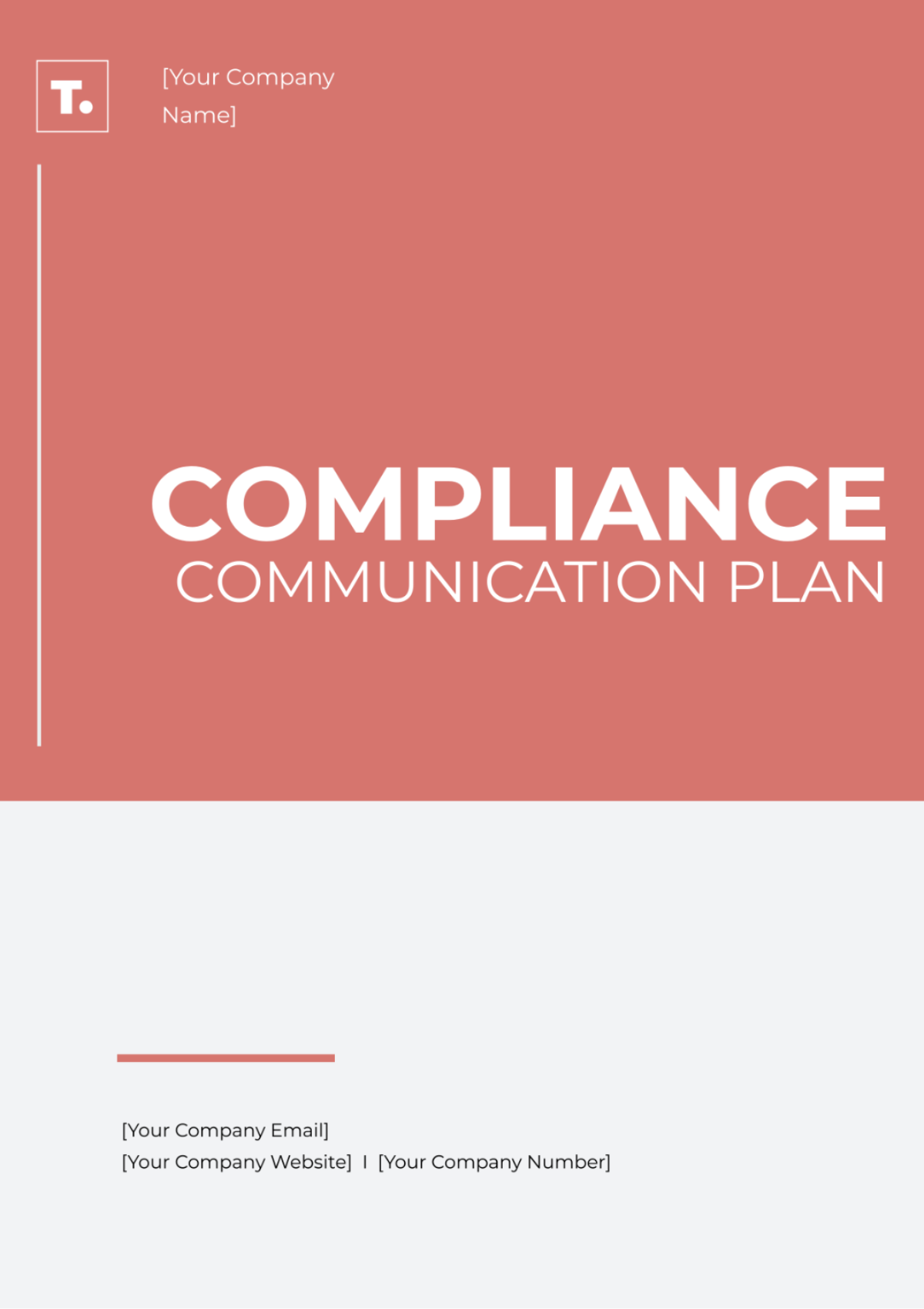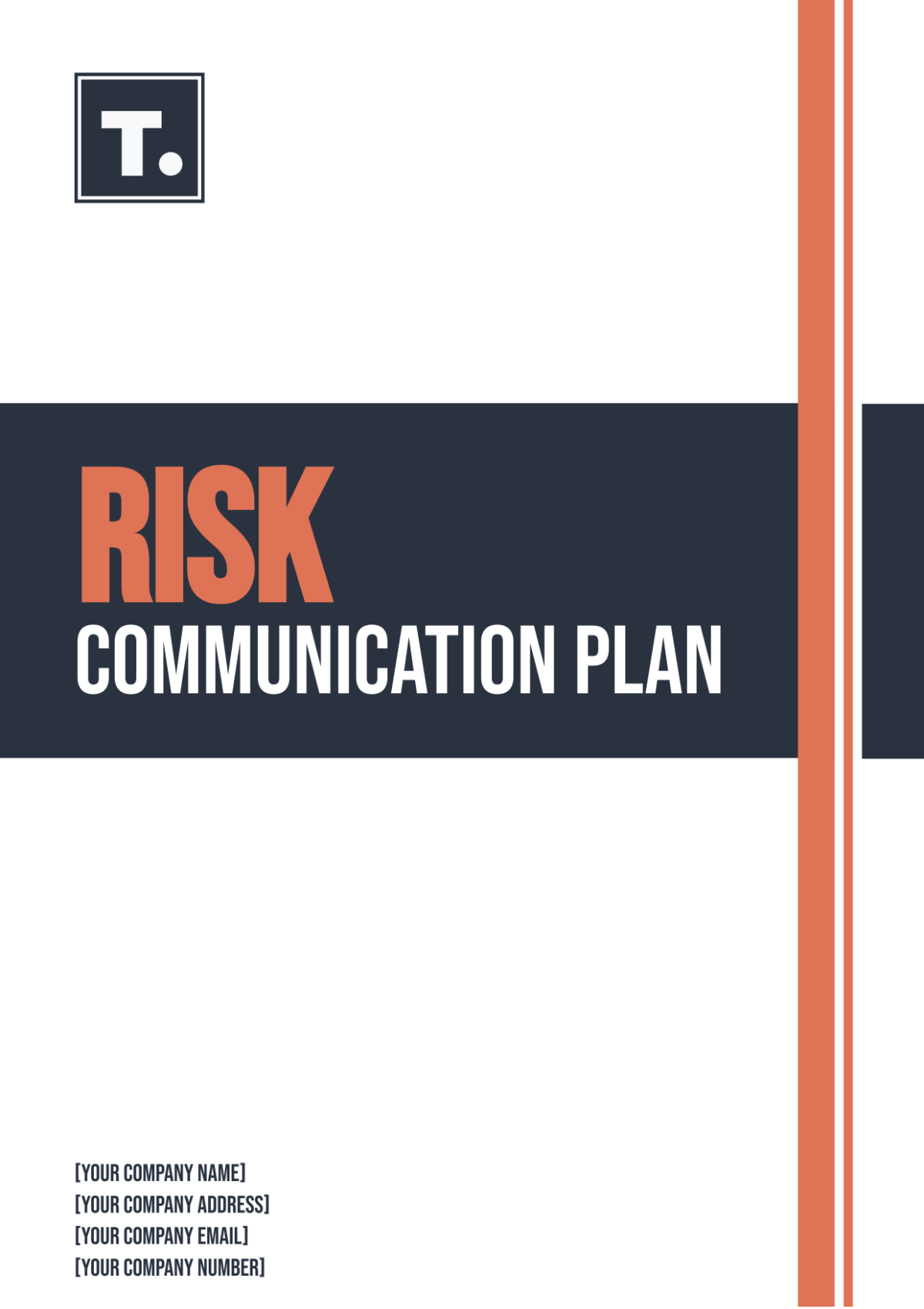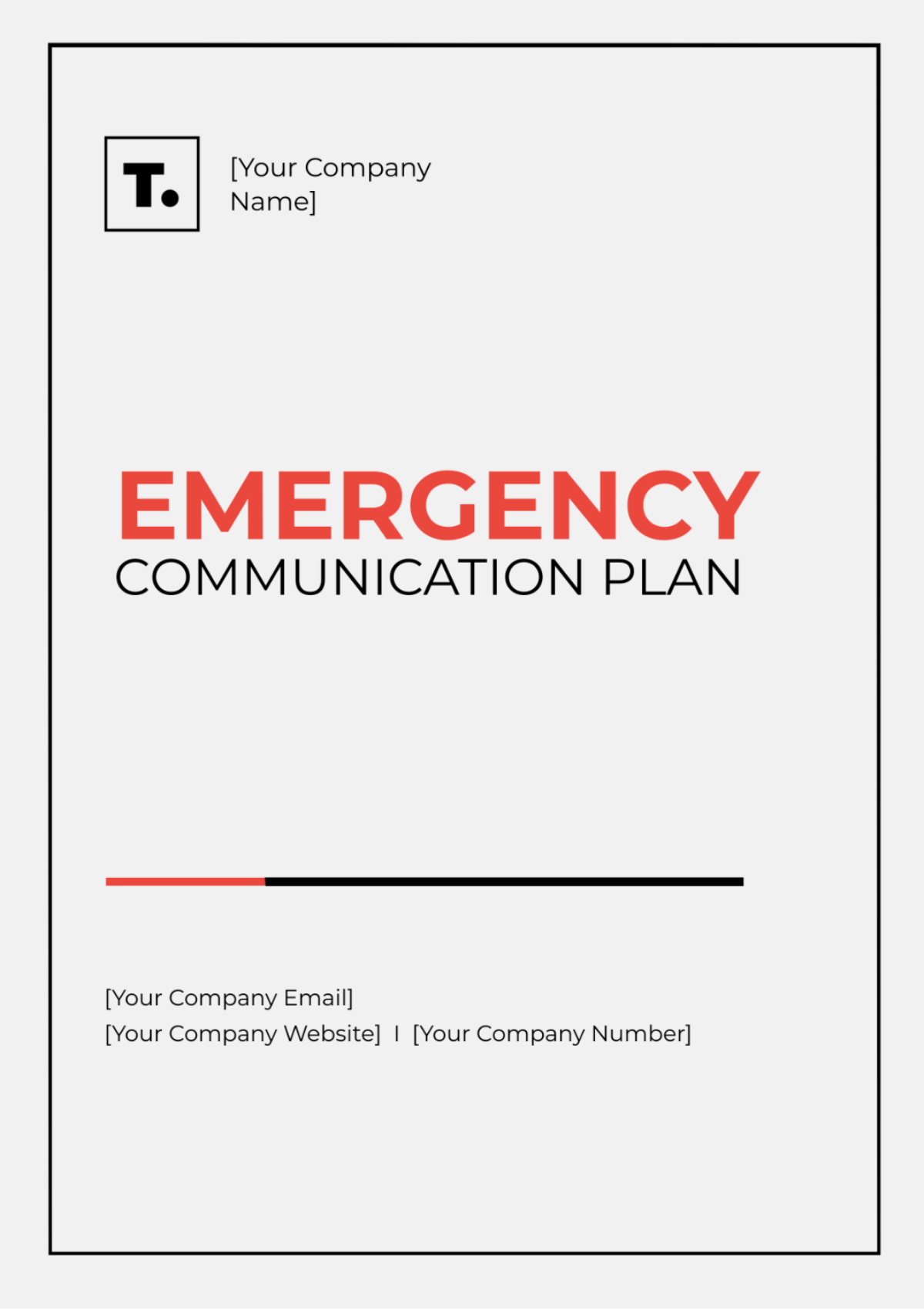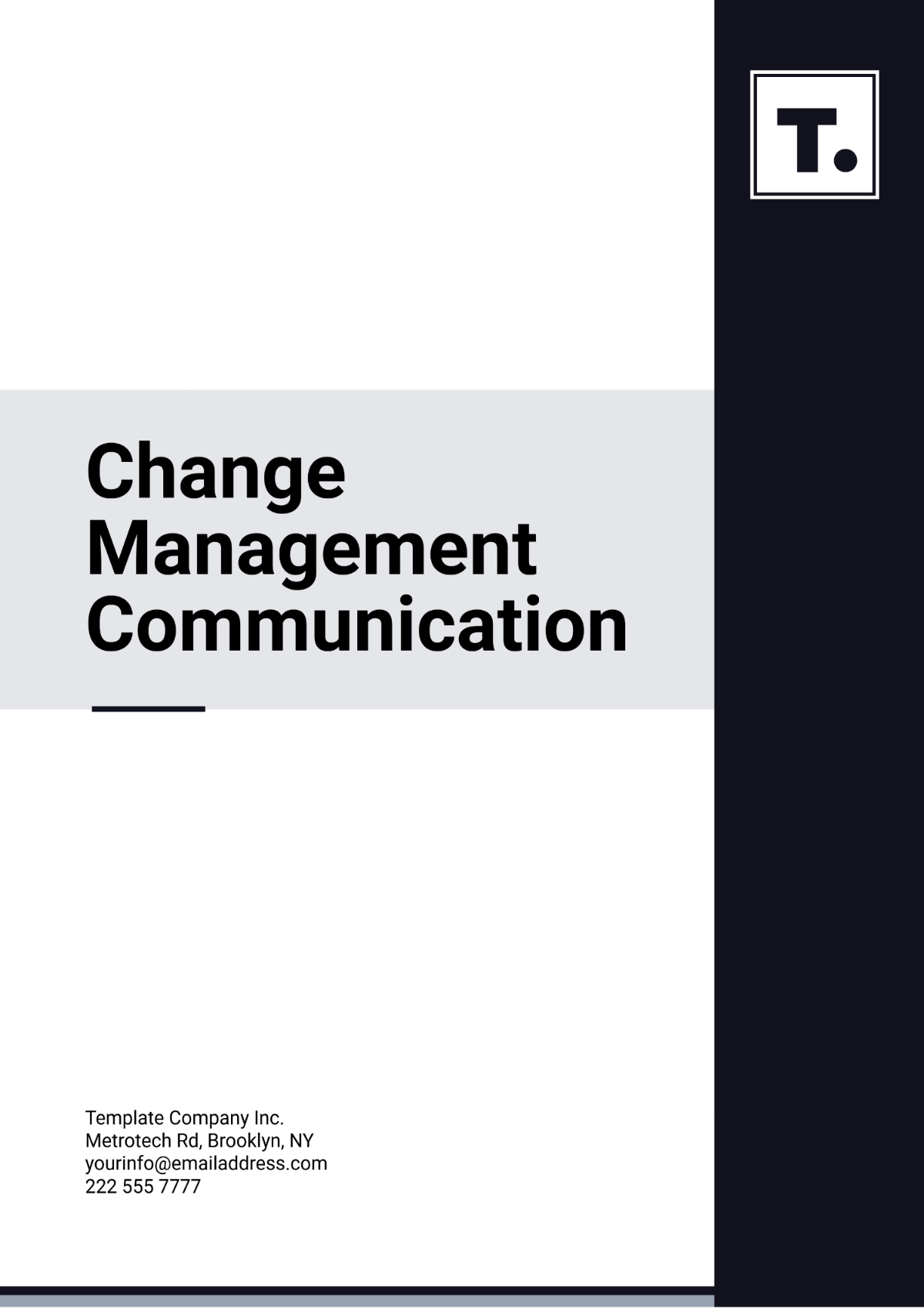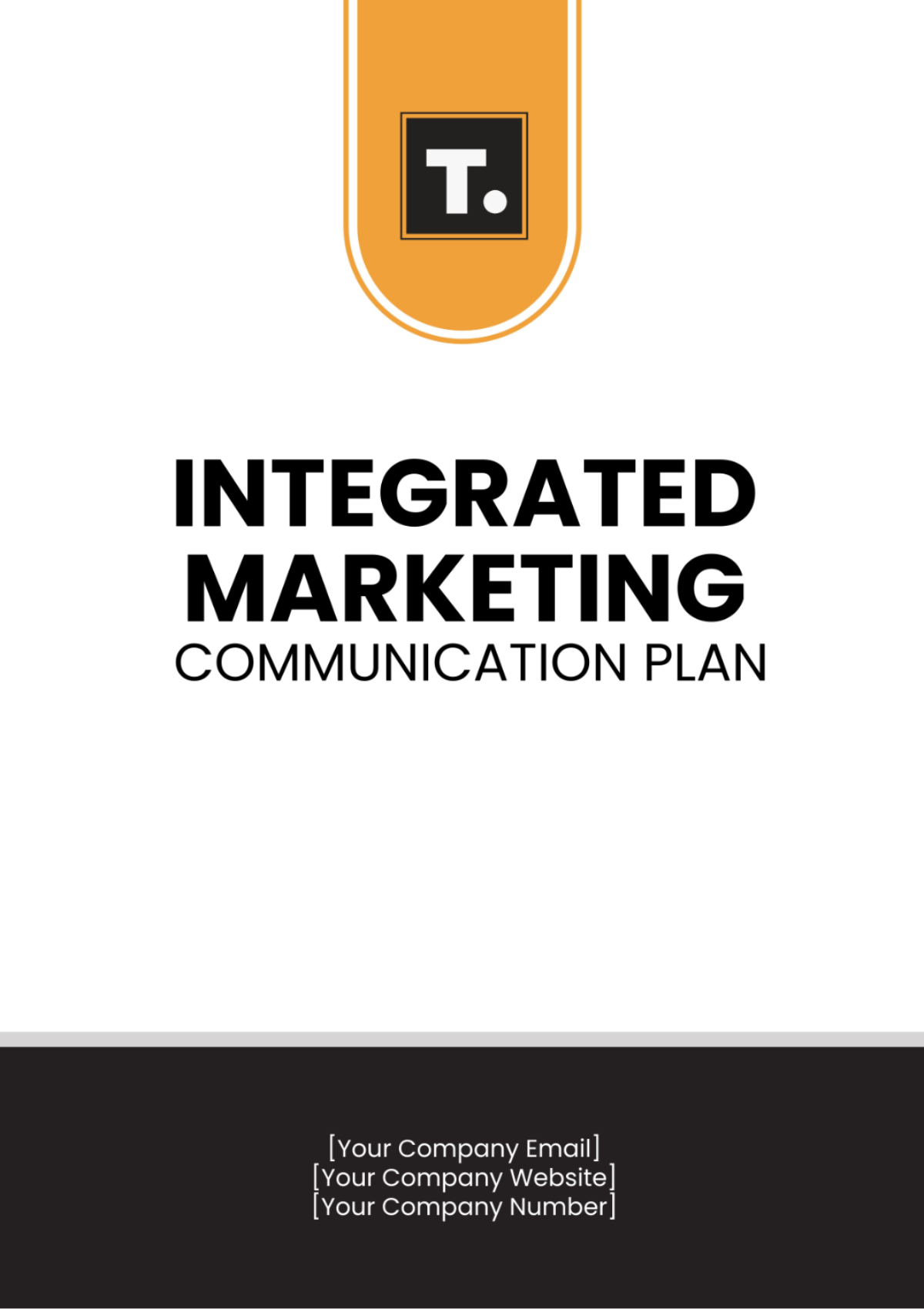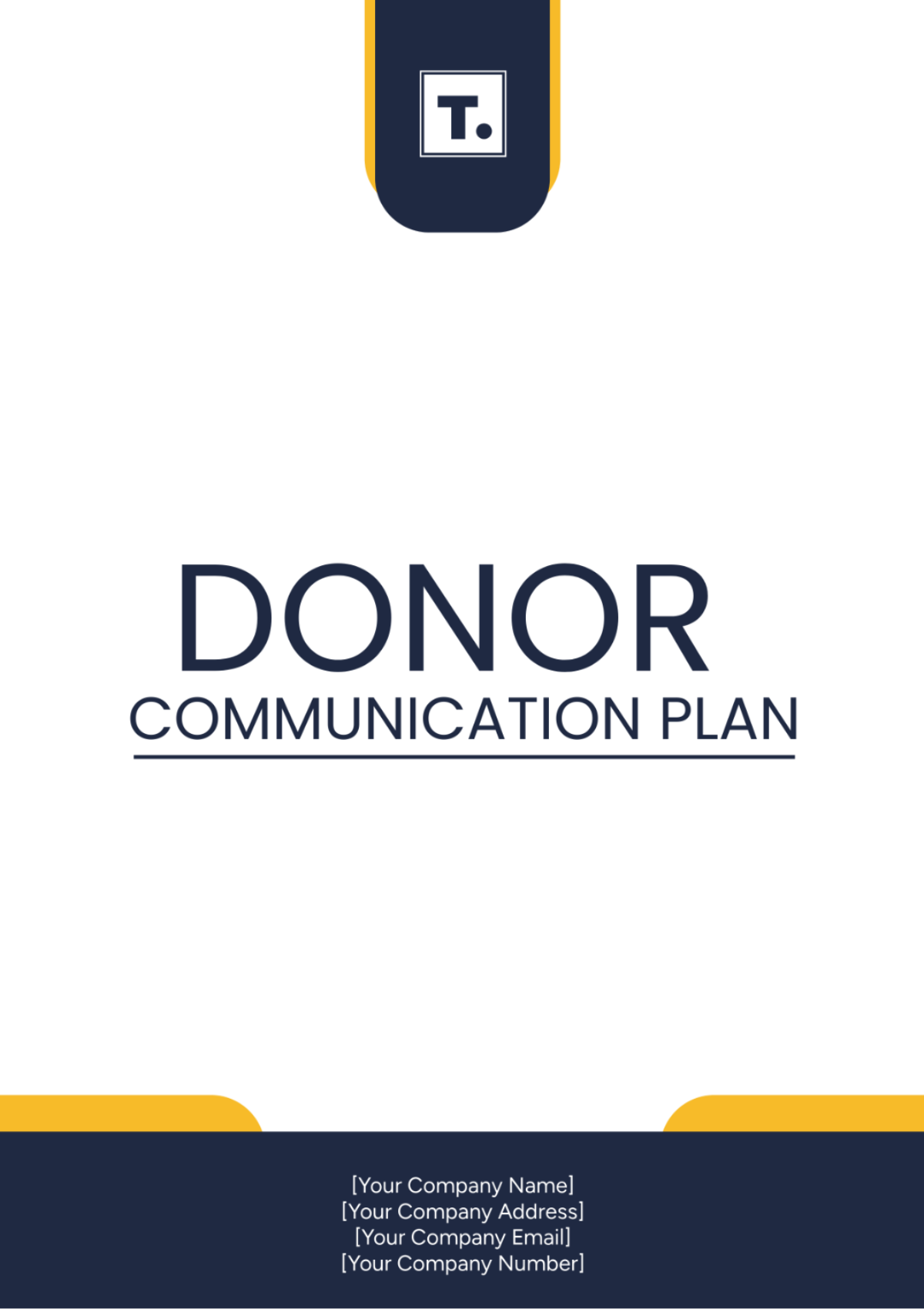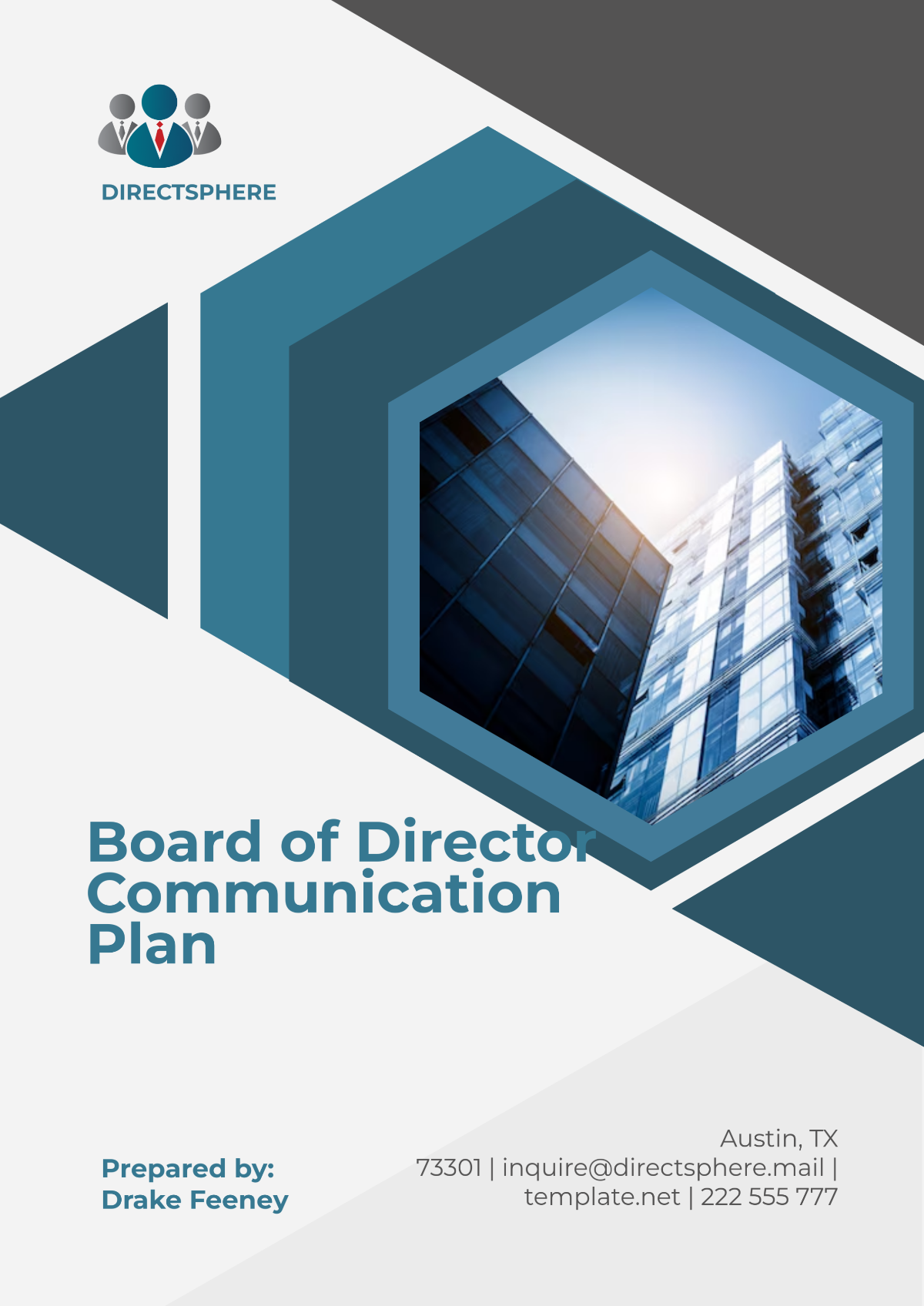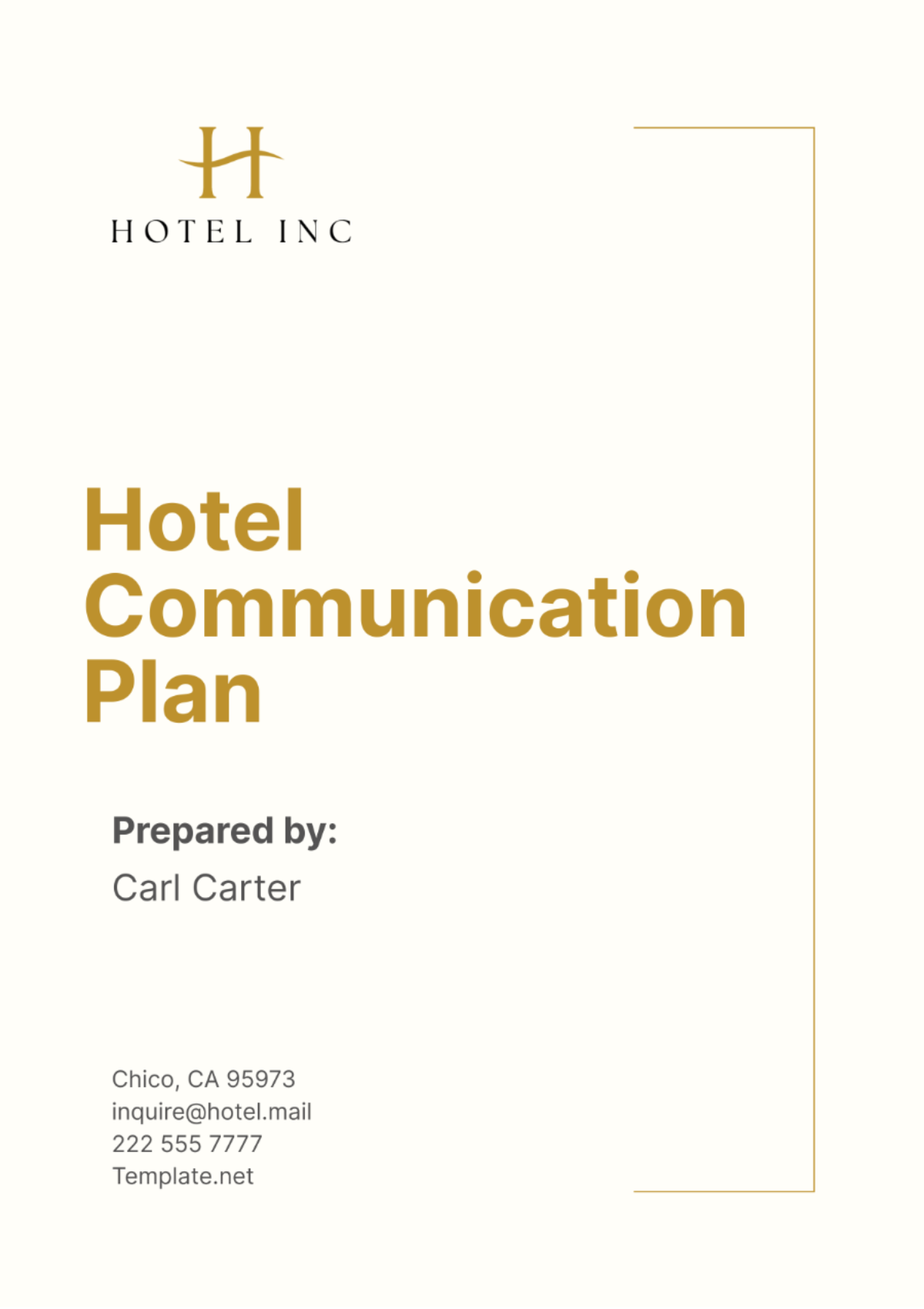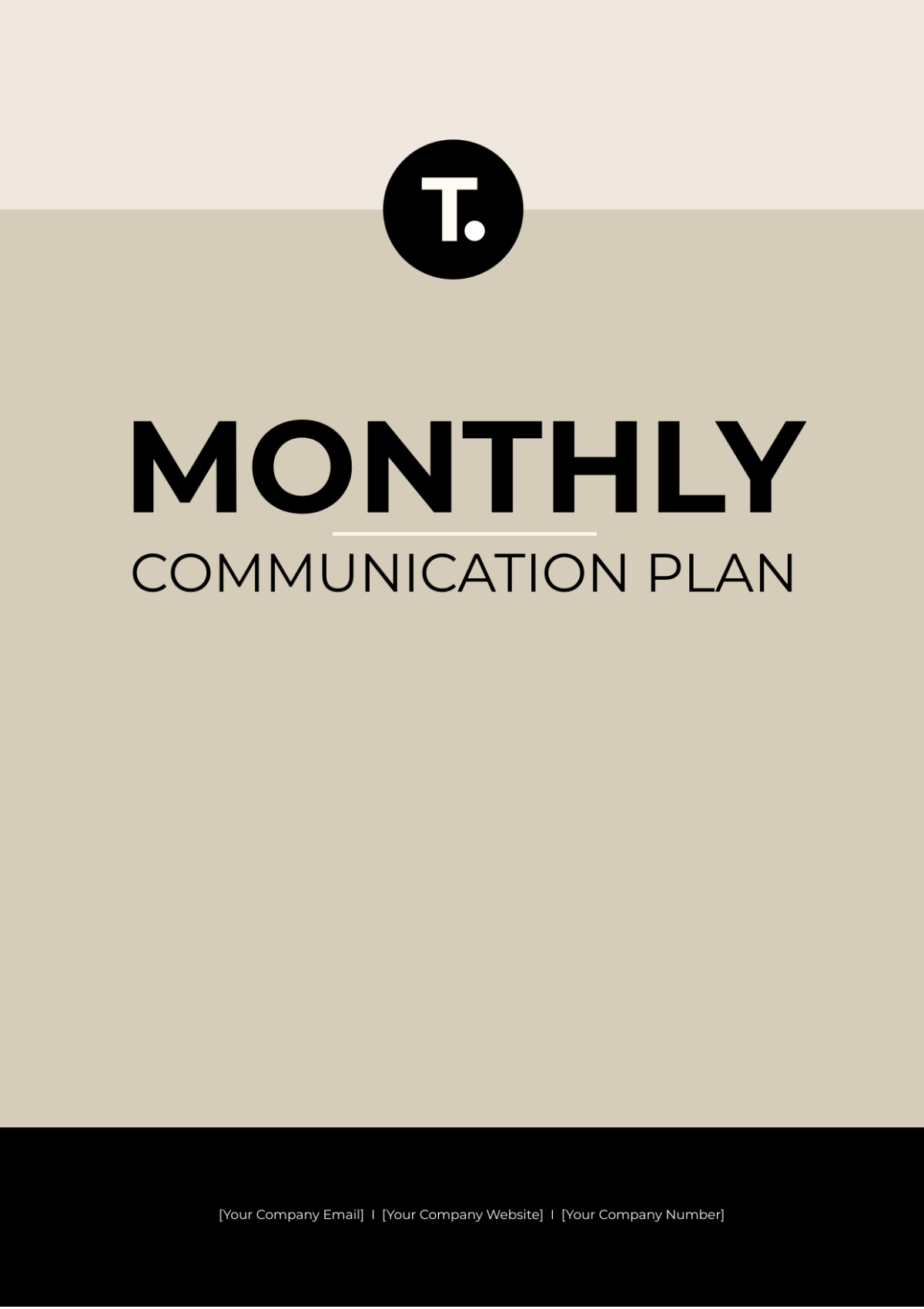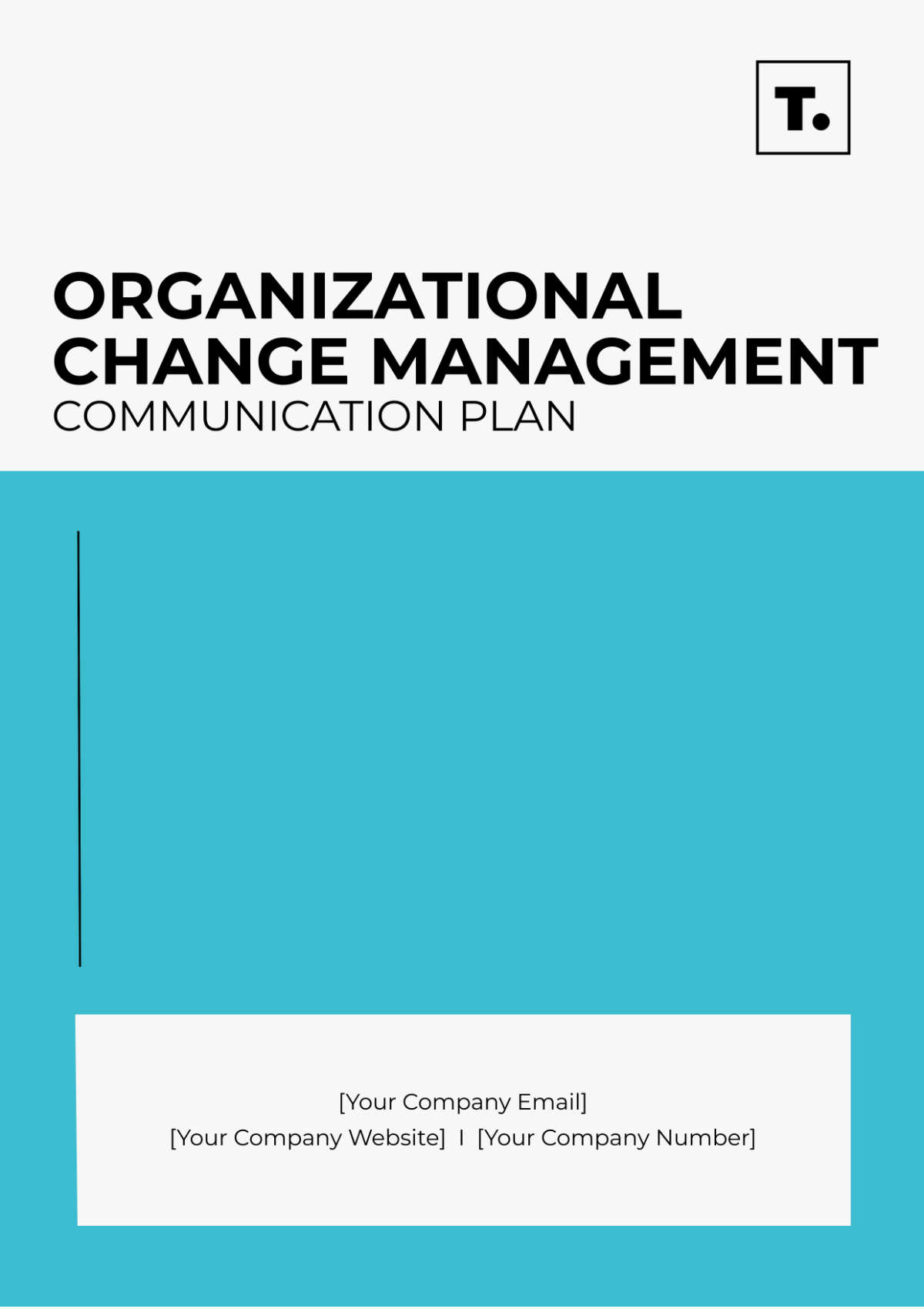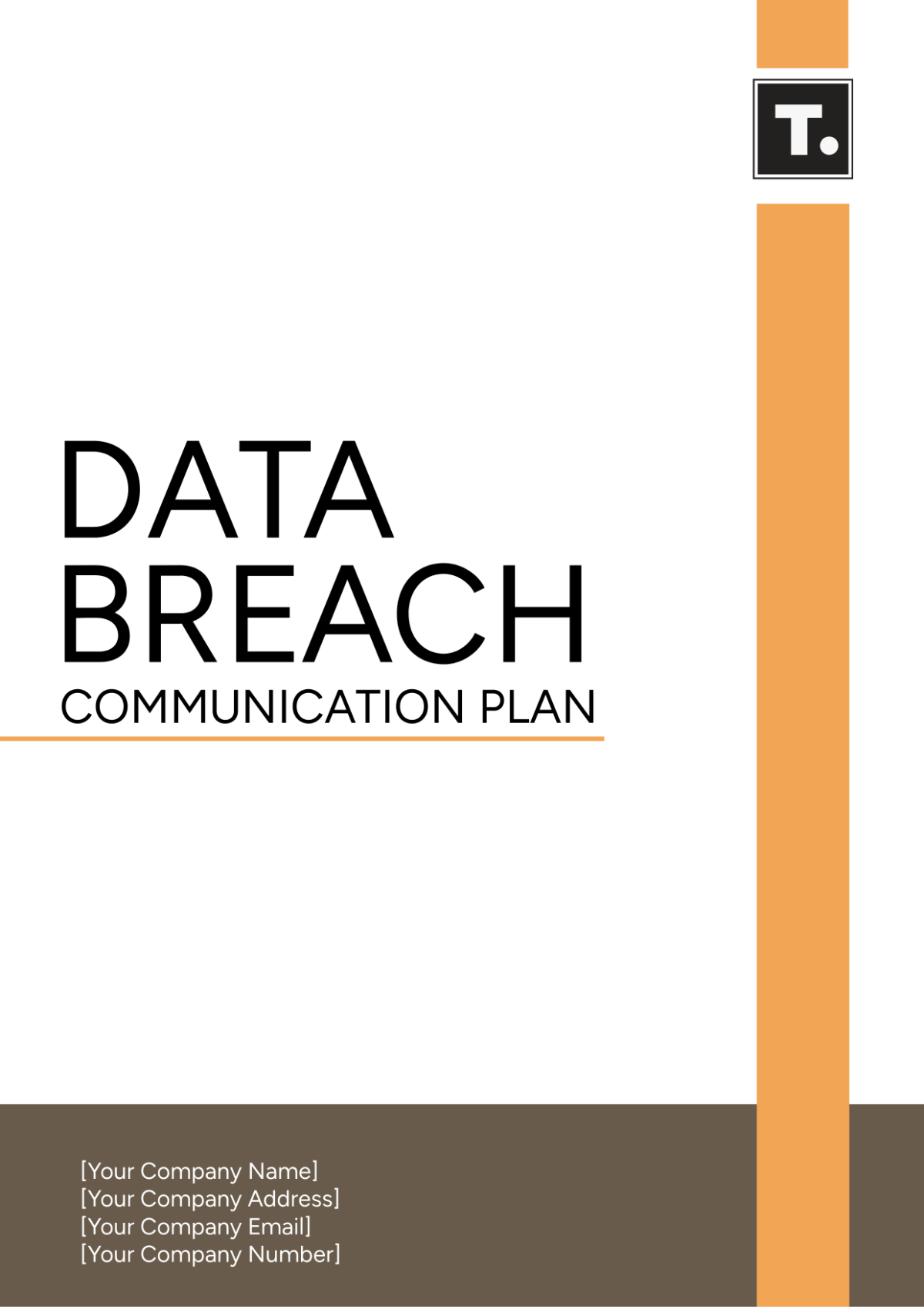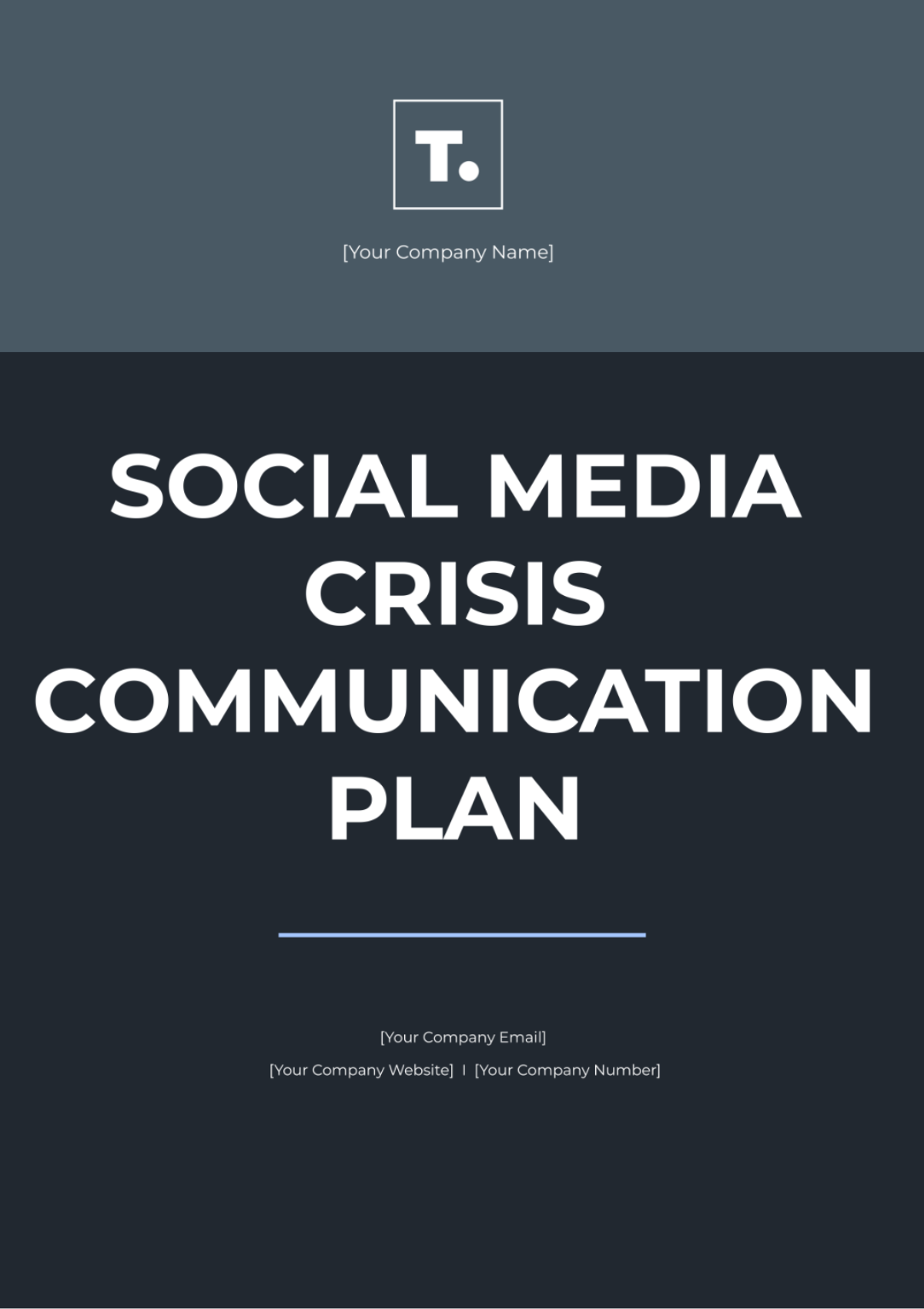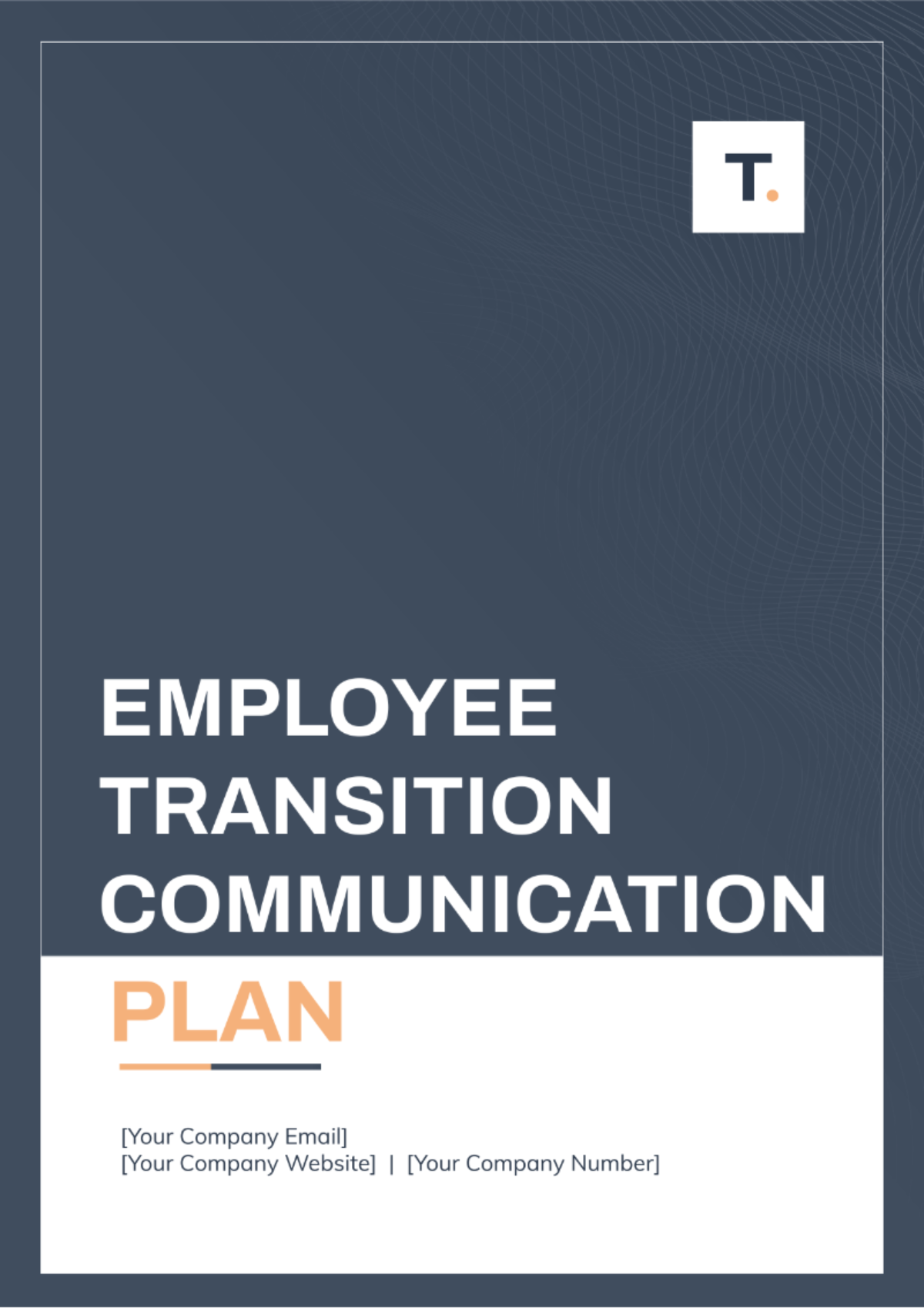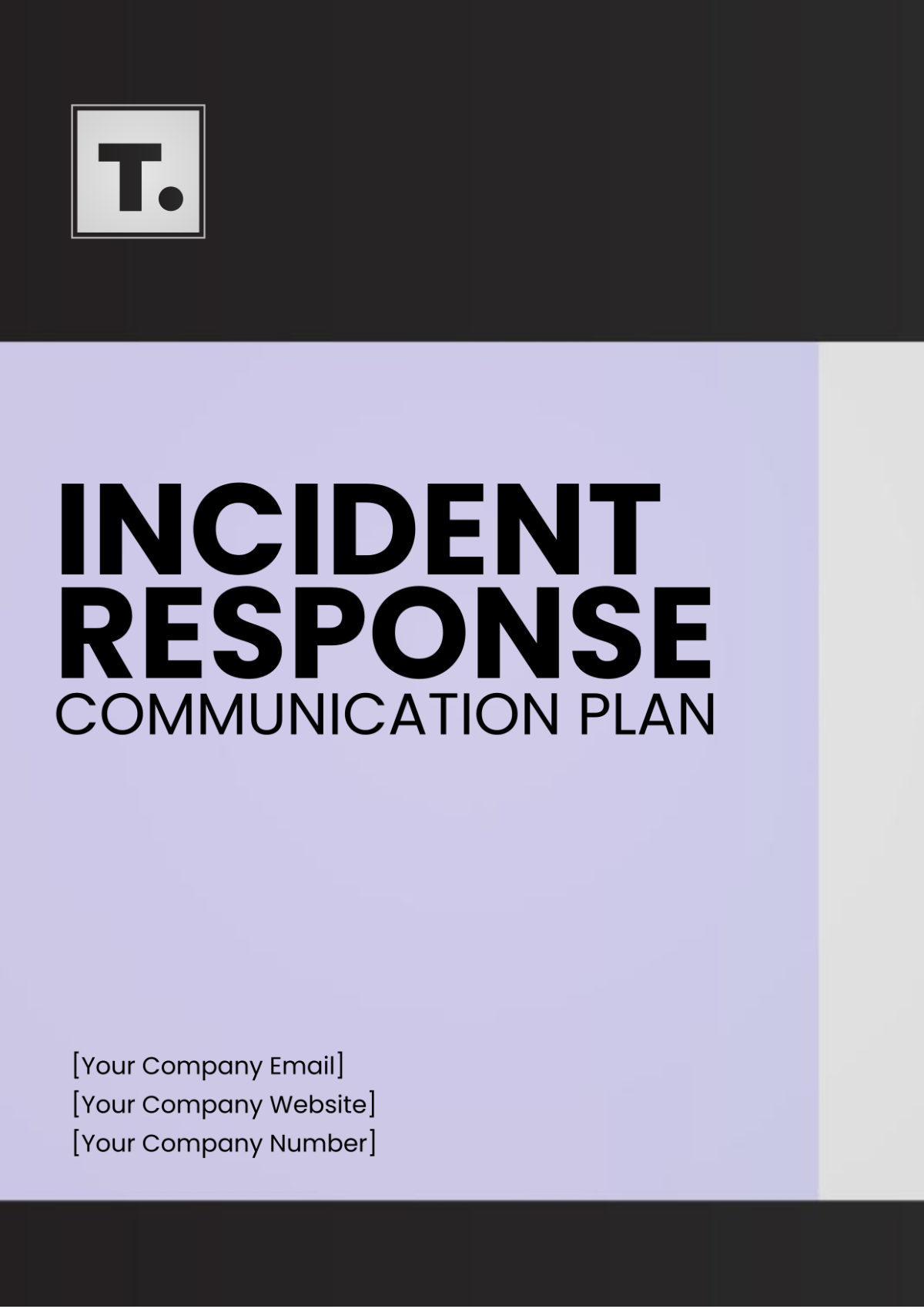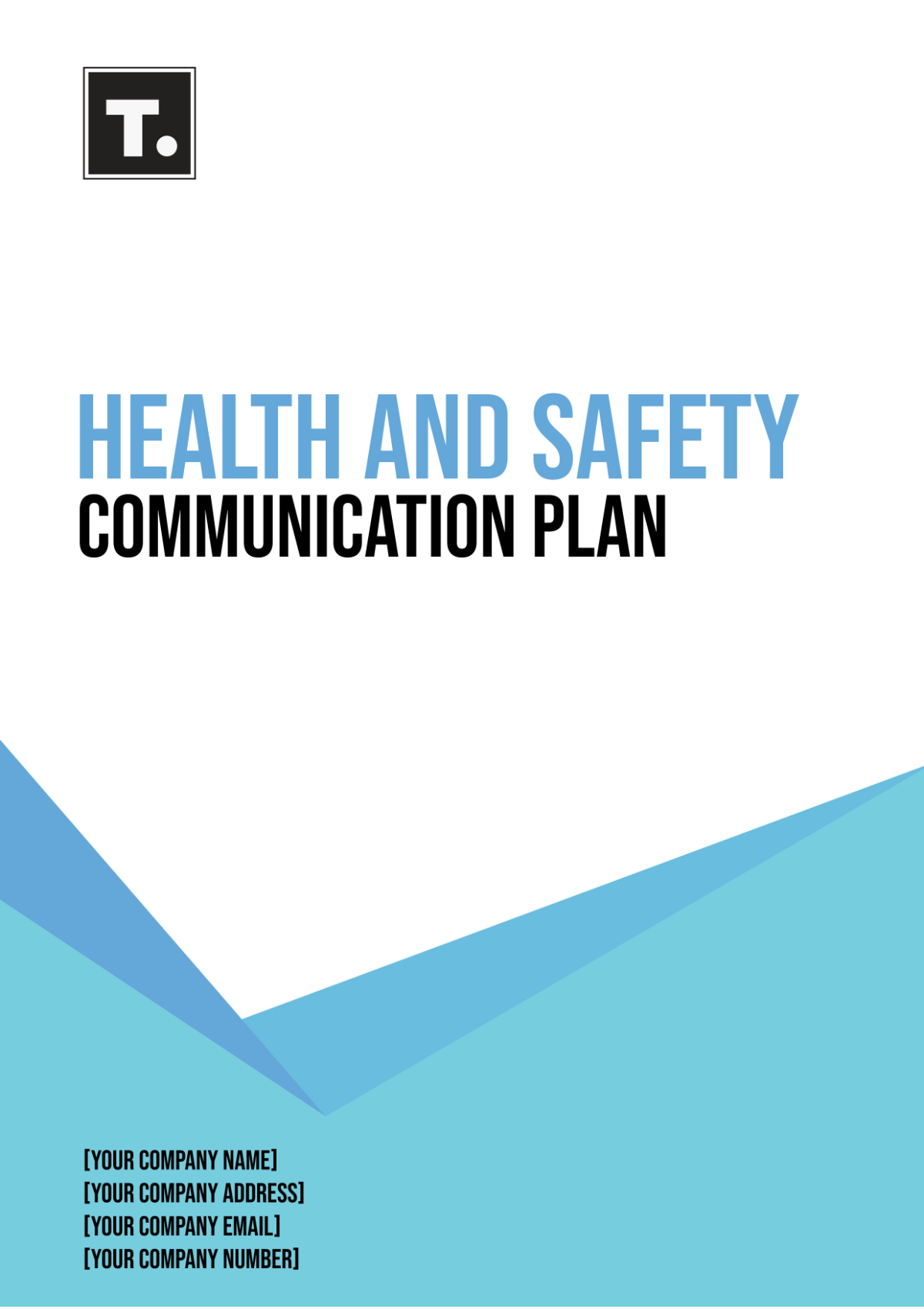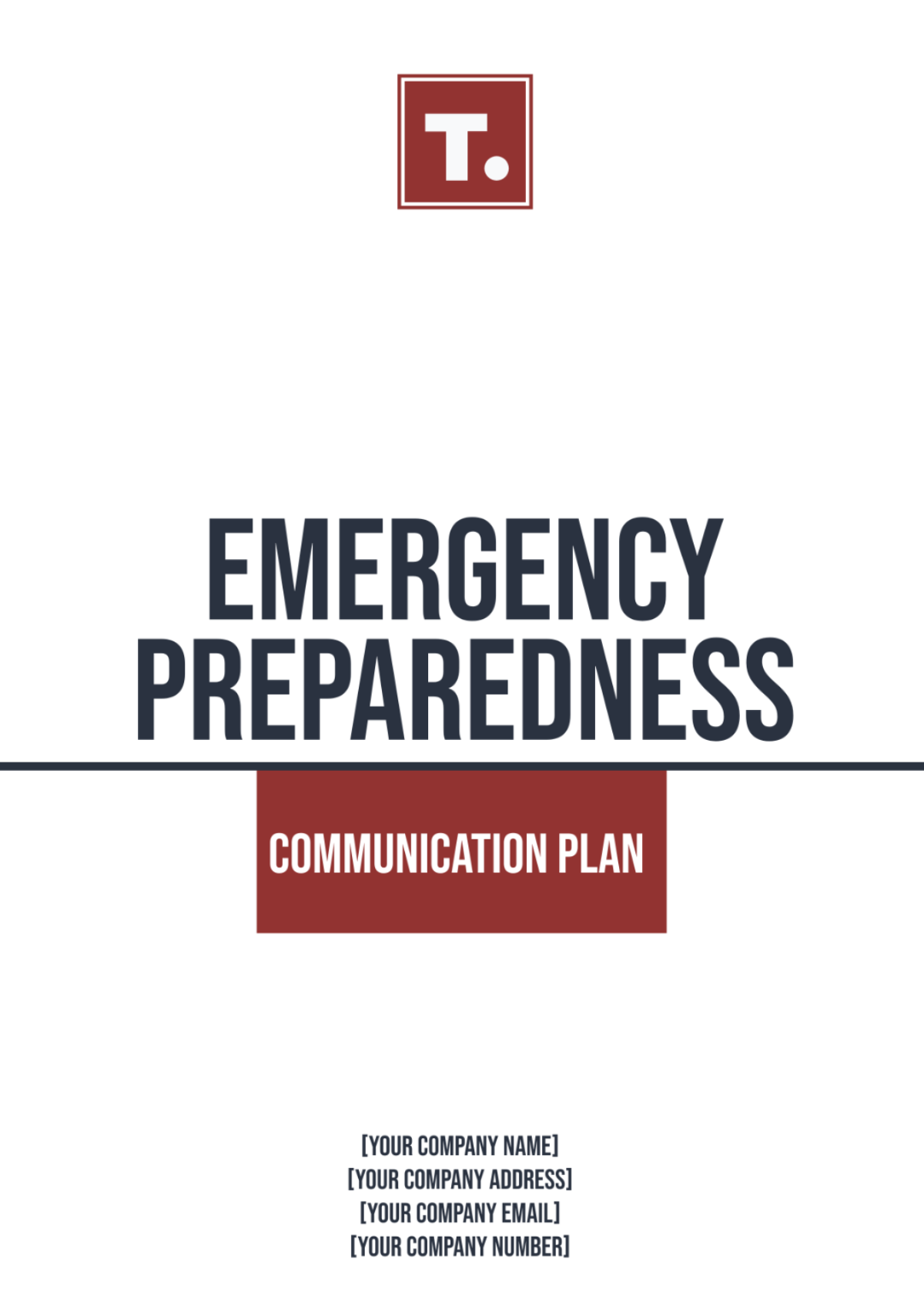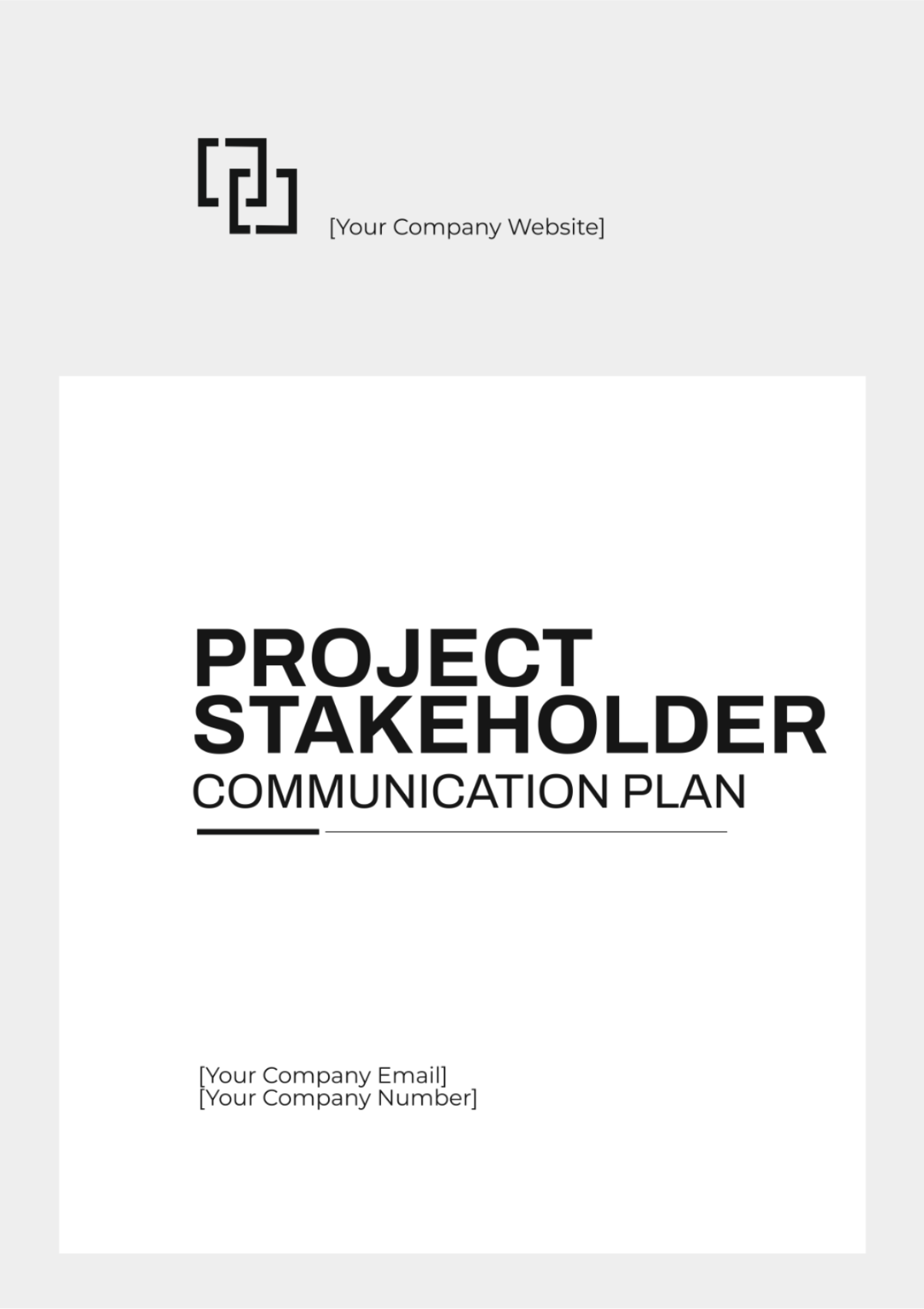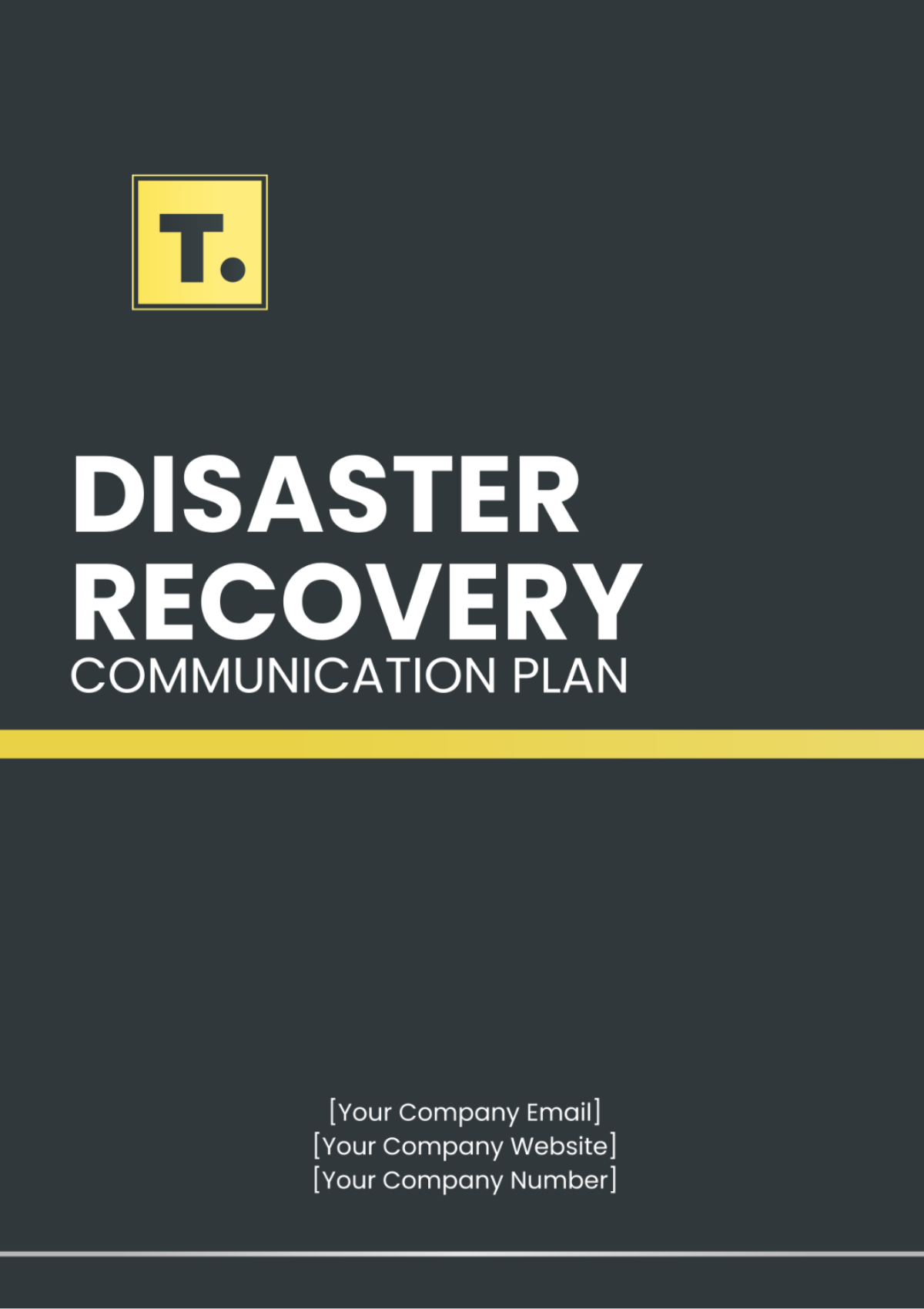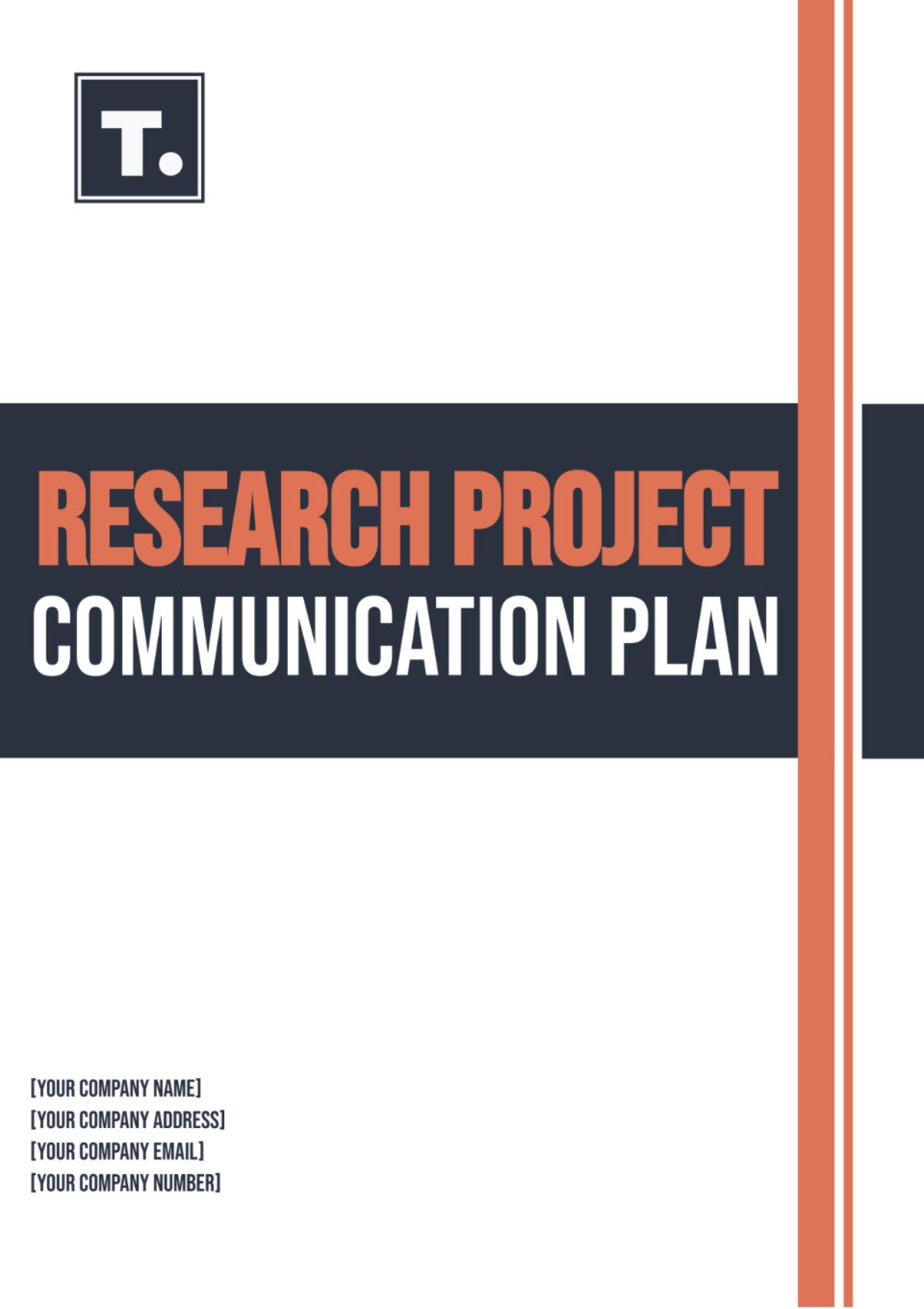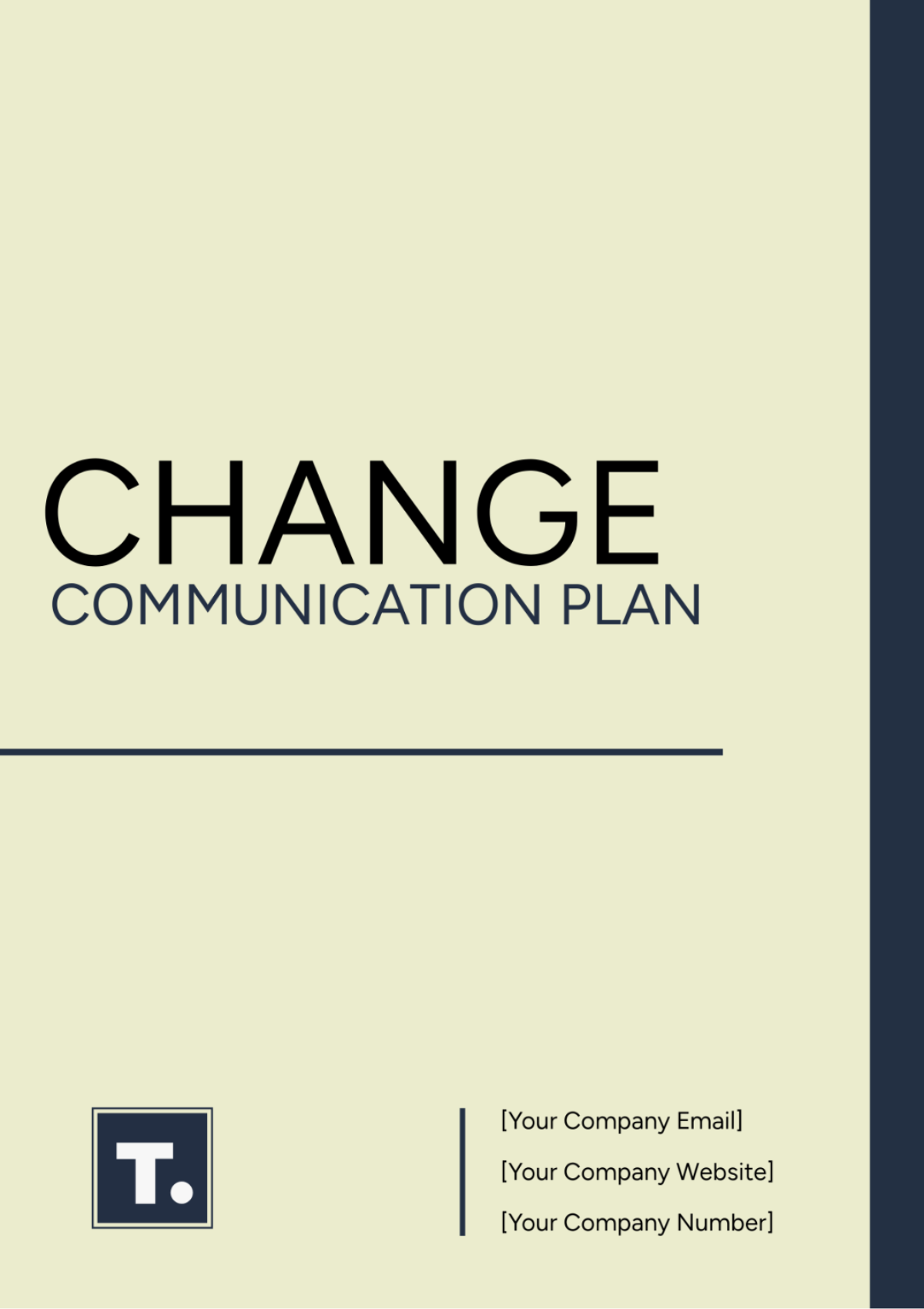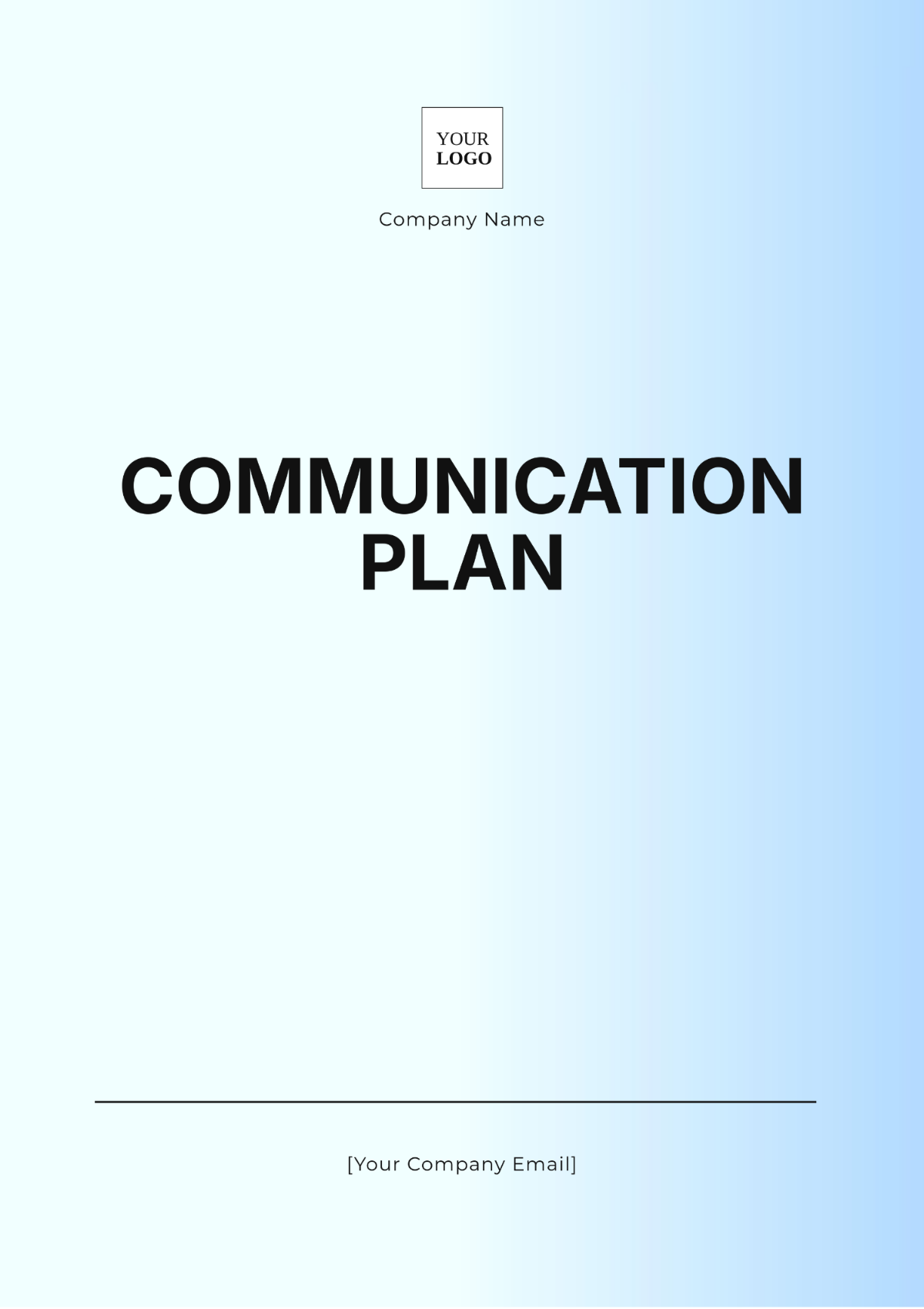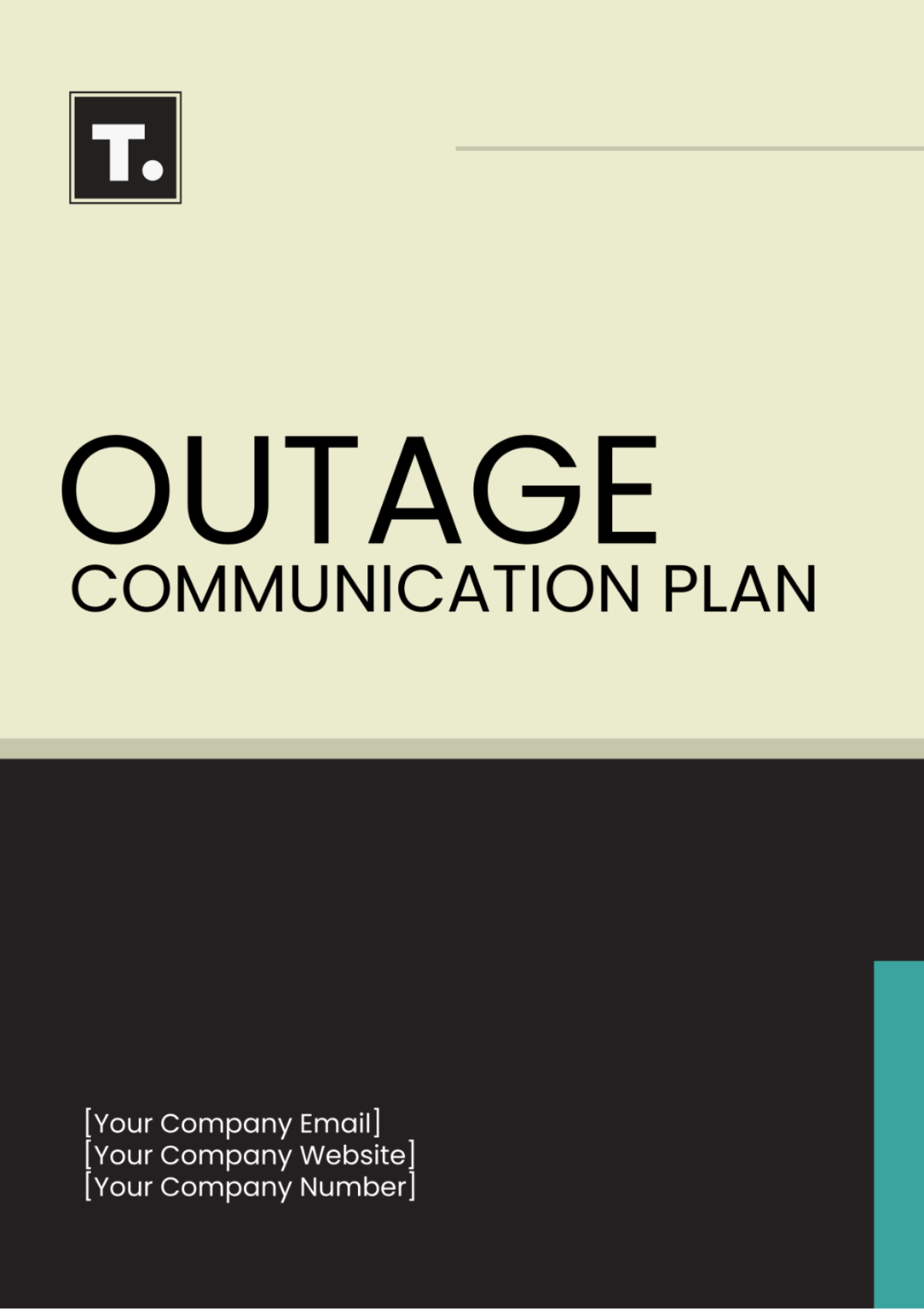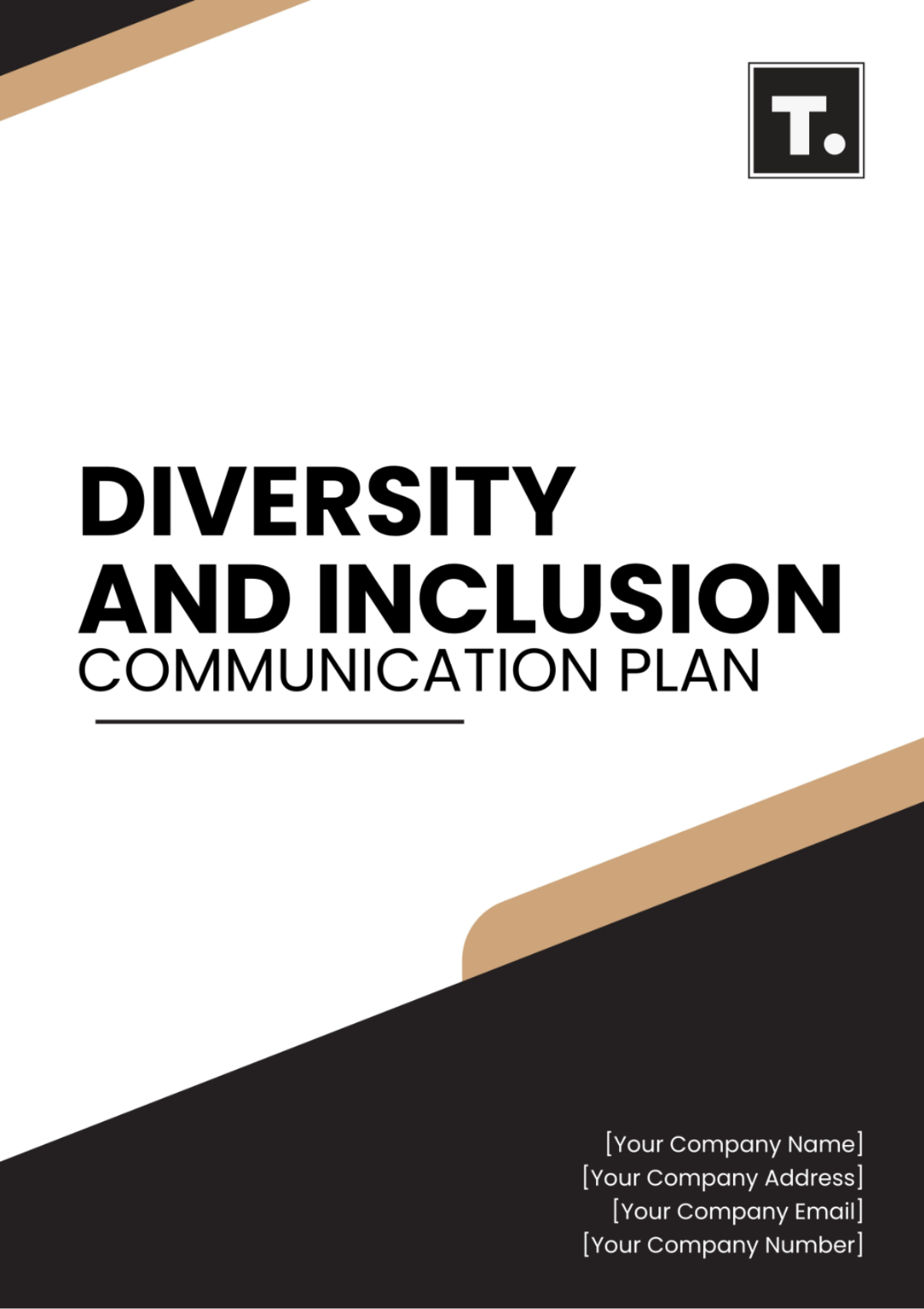PROSCI COMMUNICATION PLAN
Written by: [Your Name]
I. Introduction
The Prosci Communication Plan serves as a strategic roadmap for effectively managing communication during [Your Company Name]'s change initiative. This plan outlines key communication objectives, target audiences, messaging strategies, and channels to ensure successful change adoption. Effective communication is essential for aligning stakeholders, building support, and minimizing resistance throughout the change journey.
II. Objectives
Increase awareness: Ensure all stakeholders understand the rationale and benefits of the change. By clearly articulating the reasons behind the change and its expected outcomes, we aim to build buy-in and enthusiasm among employees at all levels.
Foster engagement: Encourage active participation and support from employees throughout the transition. Engaging employees in the change process promotes ownership and commitment, leading to smoother implementation and faster adoption.
Mitigate resistance: Address concerns and uncertainties proactively to minimize resistance to the change. By addressing potential sources of resistance early on and providing relevant information and support, we can facilitate a more positive reception to the change.
III. Audience Analysis
Executive Leadership: Key decision-makers driving the change initiative. Executive support is crucial for setting the tone, providing resources, and demonstrating commitment to the change.
Managers and Supervisors: Influential leaders responsible for cascading information to their teams. Managers play a pivotal role in communicating the change, answering questions, and providing guidance and support to their direct reports.
Employees: Individuals directly impacted by the change across various departments and levels. Engaging employees throughout the change process is essential for ensuring successful implementation and sustained adoption.
IV. Key Messages
Vision and Purpose: Communicate the overarching goals and objectives of the change. Articulating a compelling vision helps employees understand the direction of the change and their role in achieving it.
Benefits and Impacts: Highlight how the change will improve efficiency, productivity, and customer satisfaction. Emphasizing the positive outcomes of the change helps employees see the value in embracing new ways of working.
Support and Resources: Provide information on available resources and support mechanisms to facilitate a smooth transition. Offering support services, training opportunities, and channels for feedback demonstrates our commitment to helping employees navigate the change effectively.
V. Communication Channels
Email Updates: Regular updates are sent to all employees to keep them informed of progress and upcoming milestones. Email is a widely used communication channel that ensures consistent messaging and reaches employees across different locations.
Town Hall Meetings: Interactive sessions hosted by executive leadership to address questions and concerns from employees. Town hall meetings provide a forum for open dialogue, allowing employees to voice their opinions and gain insights into the change process.
Intranet Portal: A centralized platform for accessing relevant documents, FAQs, and discussion forums related to the change. The intranet serves as a hub for information dissemination, providing employees with easy access to resources and opportunities for collaboration.
VI. Timing and Frequency
Initial Announcement: Kick-off communication to introduce the change initiative and its importance. The initial announcement sets the tone for the change and establishes expectations for communication throughout the project.
Ongoing Updates: Regular updates throughout the project lifecycle to maintain transparency and address emerging issues. Consistent communication ensures that employees stay informed and engaged at every stage of the change process.
Transition Period: Intensified communication closer to the implementation date to prepare employees for the change. As the change becomes imminent, targeted communication helps employees understand what to expect and how to adapt to new ways of working.
VII. Responsibilities
Project Manager [Your Name]: Overall responsibility for overseeing communication efforts and ensuring alignment with project objectives. The project manager coordinates with key stakeholders to develop and execute the communication plan, monitoring progress and adjusting strategies as needed.
Change Management Team: Collaborate with communication specialists to develop and execute communication strategies. The change management team provides expertise in change management principles and practices, guiding communication efforts to maximize impact and effectiveness.
Departmental Representatives: Liaise with their respective teams to facilitate communication and address team-specific concerns. Departmental representatives serve as communication ambassadors, conveying information, gathering feedback, and championing the change within their areas of responsibility.
VIII. Monitoring and Feedback
Surveys and Feedback Sessions: Solicit input from employees to gauge the effectiveness of communication efforts and identify areas for improvement. Surveys and feedback sessions provide valuable insights into employee perceptions, allowing us to adjust communication strategies and address gaps or concerns.
Metrics Tracking: Monitor key performance indicators related to change adoption and employee engagement. Tracking metrics such as employee morale, productivity, and adherence to new processes helps us assess the impact of communication efforts and make data-driven decisions.
Continuous Improvement: Use feedback to refine communication strategies and adapt to evolving needs throughout the change journey. Continuous improvement is essential for ensuring that communication remains relevant, engaging, and impactful as the change initiative progresses.
IX. Contingency Planning
Issue Identification: Anticipate potential communication challenges or barriers and develop contingency plans to address them. By identifying potential risks early on, we can proactively mitigate their impact on communication effectiveness and change adoption.
Escalation Procedures: Establish protocols for escalating unresolved issues to the appropriate stakeholders for timely resolution. Clear escalation procedures ensure that communication barriers are addressed promptly, minimizing disruptions to the change process.
Adaptability: Remain flexible and responsive to unforeseen circumstances, adjusting communication tactics as needed to maintain momentum and support for the change. In a dynamic business environment, adaptability is key to overcoming obstacles and keeping communication efforts on track.
